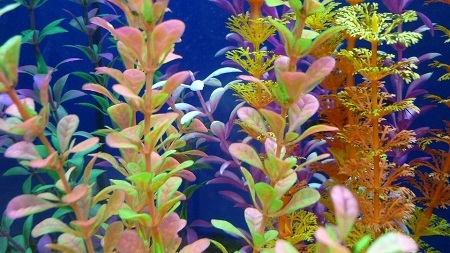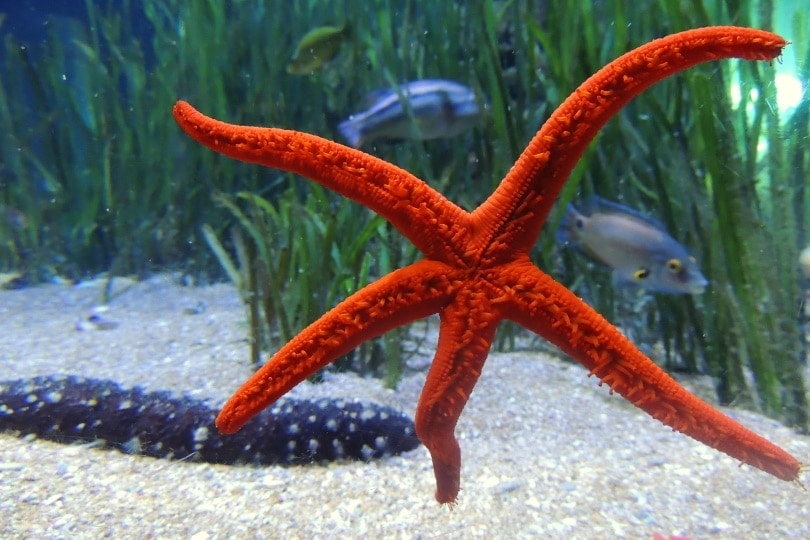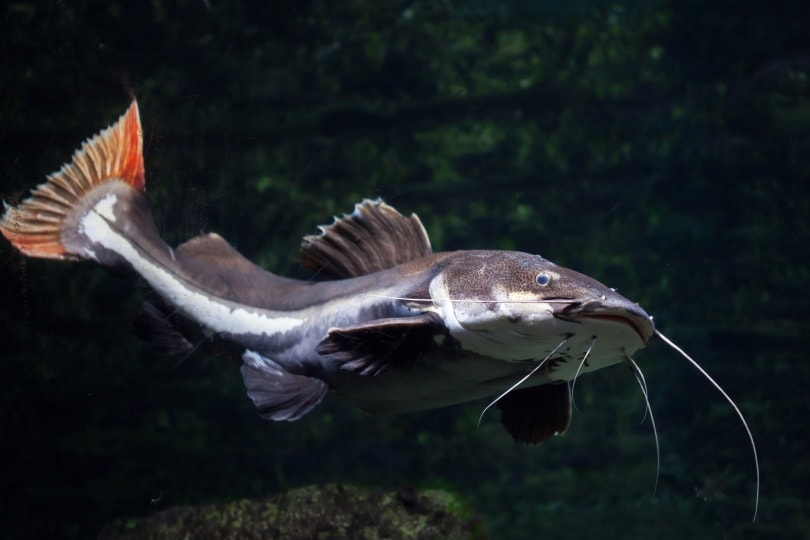African Cichlid Breeding Guide: Vet-Approved Steps & Tips
Updated on
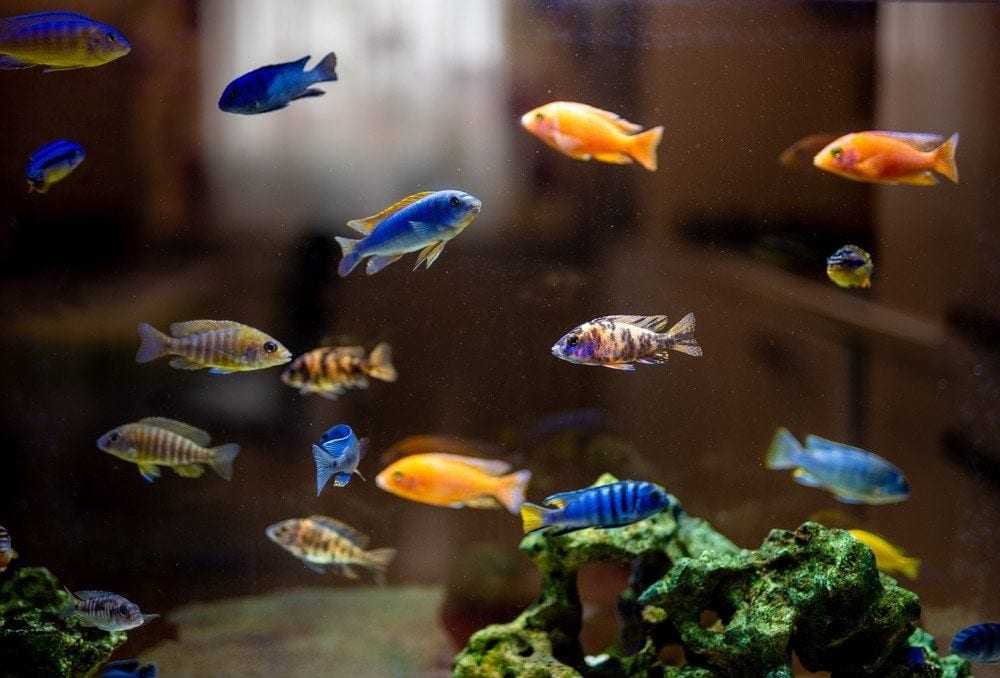
Click to Skip Ahead
There are a ton of cichlid species in the world, and they’re split into two groups: African and South American cichlids. African cichlids are hugely popular fish, even though they are notoriously more aggressive than their gentler South American cousins. They are beautiful fish with many interesting habits, though, and they are often considered to be very easy to breed in captivity. If you have an interest in breeding your African cichlids, here’s everything you should know before you start.
Things to Consider
African cichlid is not a single type of fish, instead there are over 1000 different species of these brightly colored freshwater fish. They will have slightly different requirements and so you will need to do research on the exact type of fish you have.
If you want to have success in breeding your cichlids, then you need to ensure that you actually have a male and a female fish. In adult fish, there are differences in size and fin shape, but in juveniles, these differences may not be noticeable. For this reason, it’s often recommended to get a group of African cichlids if purchasing juveniles to ensure you end up with at least one male and female.
Ideally, your group should consist of more females than males. Having two or more males together can lead to fighting and even death, so have a plan, just in case multiple fish turn out to be male. You’ll either need to separate them into different tanks or rehome all but one male.
Before you get started on your fish breeding journey, you need to have a plan set in stone. You could potentially end up with hundreds of fish from a single breeding, so even if a handful of your friends have voiced interest in getting a fish from you, you will still be left with a huge number of fish to handle. The vast majority of people don’t have the setup or space in their homes for hundreds of aggressive and semi-aggressive fish, so make sure you have a plan for finding homes and a backup plan, just in case.
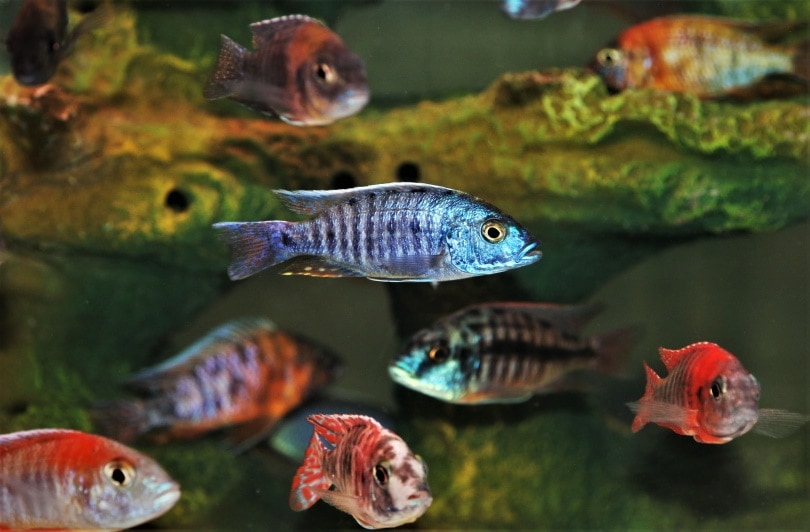
How African Cichlids Breed
There are two breeding techniques that African cichlids use. The first is substrate spawning, which is a common form of breeding in many egg-laying fish. The second is mouthbrooding, which consists of the female fish carrying fertilized eggs and newly hatched fry in her mouth. This allows her to protect the eggs and fry. In mouthbrooding, the males are not involved beyond the fertilization of the eggs.
African Cichlid Breeding – Substrate Spawners
1. Create a Healthy Tank Environment
Poor water quality and an inappropriate tank setup will only discourage your cichlids from breeding. Stressed fish will not only not want to breed, but they’ll also be at an increased risk of illnesses. Provide a tank with excellent water quality and appropriate parameters to meet the specific needs of African cichlids.
2. Have a Safe Backup
Even though African cichlids usually are happiest when living in harems, or groups with multiple females and only one male, fighting and disagreements can occur. This can even occur between the male and female fish you are hoping will breed.
To keep your fish safe, you need to have a backup tank on standby. Ideally, this tank should be fully cycled and ready to go, but if this isn’t possible, be prepared for frequent water changes while your fish are separated.
3. Ensure an Appropriate Substrate Is Used
Substrate spawners will lay their eggs on a variety of surfaces, but the ideal substrate for breeding is one that the fish will be able to create a nest in. Sand, gravel, crushed coral, crushed oyster shell, and coral sand are all great options for African cichlid tanks, with the last three items helping to maintain appropriate water parameters. The substrate should be soft enough for digging but hard enough for the nest to maintain its shape.
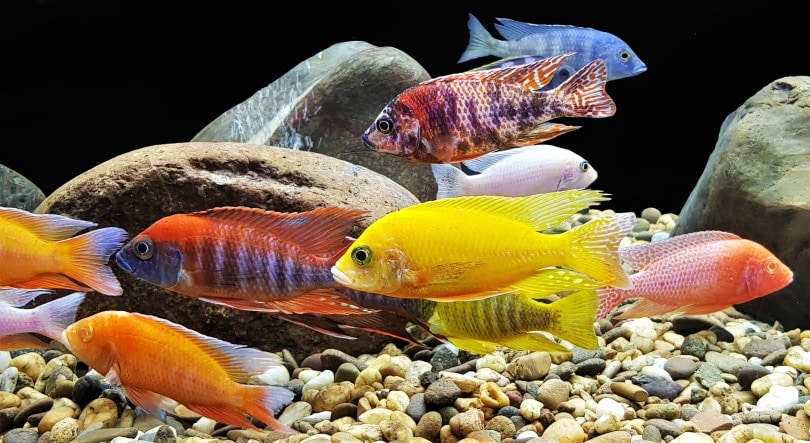
4. Provide Adequate Oxygenation
Oxygenation is important for most types of aquatic eggs. Eggs that aren’t receiving appropriate oxygenation are prone to developing fungus, which can destroy the eggs. In substrate spawners, both parents will work to fan the eggs, ensuring oxygenation. Your job is to make sure there is enough oxygenation occurring in the tank. Filters, air stones, and bubble walls are all good options for increasing oxygenation in the water.
5. Create a Safe Tank Environment
Not only will a safe tank environment encourage breeding, but it will make the care of the eggs less difficult and stressful for the parents. Both parents will work to protect the nest, although the male will do most of the protecting of the territory while the female tends to the eggs. Appropriate tank mates, live plants, and hides can all increase the safety of your tank, helping your cichlids keep their eggs safe and healthy.
African Cichlid Breeding – Mouthbrooders
1. Create a Healthy Tank Environment
As previously mentioned, poor water quality and inappropriate water parameters will cause stress for your fish, decreasing the likelihood of them breeding. It will also make it more difficult for your female to have the energy to carry her eggs and fry.
2. Keep an Eye Out for Brooding
Female African cichlids are ready for breeding when they begin to brood. You can spot brooding by looking for a bulge underneath the female’s mouth. This can indicate that she is holding eggs in her mouth. It’s likely to be accompanied by a refusal to eat and spending less time around the other fish, except for the male, which will be vying for her attention.
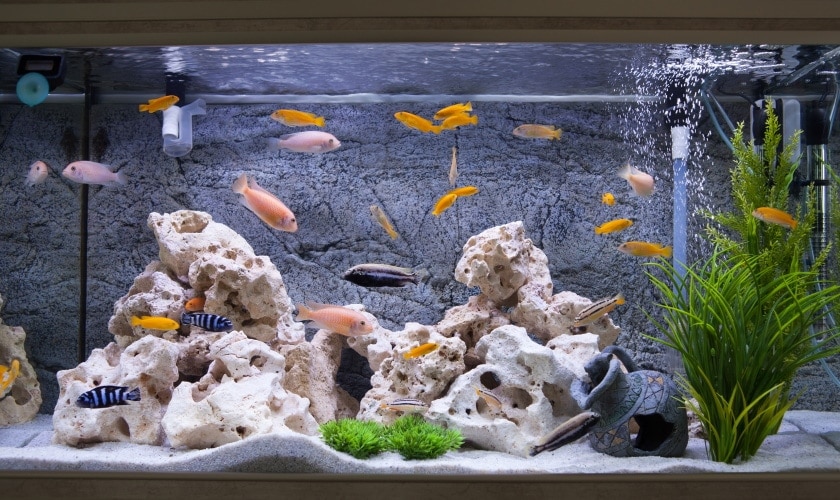
3. Have a Safe Backup
This step is the same, regardless of the breeding type your fish do. You should have a backup tank so your fish can be separated if there is a problem.
4. Ensure There are Safe Places to Hide
Once the eggs are fertilized, the female African cichlid will carry them in her mouth until they hatch. She’ll then hold the young fry in her mouth, often for up to a couple of weeks.
During the mouthbrooding period, she won’t eat, so her energy levels may become low. Make sure the tank has accessible hiding spots and calm areas away from the hustle and bustle areas of the tank, allowing your female to carry her eggs with minimal distractions and stressors.
5. Provide a High-Quality Diet
When your female is finished mouthbrooding, she’s likely going to be hungry. This breeding technique requires more energy and a longer time between clutches, and after the female is finished, she will need a high-quality, cichlid-appropriate diet to help her body recover.
Conclusion
Breeding African cichlids can be pretty easy, especially if you already have an established tank. If you’re starting from scratch, make sure you properly cycle your tank and quarantine your new fish before adding them to the main tank. Keep a close eye on your fish to ensure everyone is getting along and no bullies or aggressors are standing out. Overly aggressive African cichlids may need to be rehomed or returned for the safety of the other fish in the group.
See Also:
- African Cichlid: Pictures, Size, Care, Tank Setup & More
- Is My Cichlid Pregnant or Bloated? Vet-Reviewed Tips to Tell the Difference!
Featured Image: andreibucataru.ro, Shutterstock





